Enhanced Energy Efficiency
Energy efficiency is a critical concern in the Blockchain in Smart Home Market, as consumers increasingly seek solutions to reduce their energy consumption. Blockchain technology can facilitate real-time energy monitoring and management, allowing homeowners to optimize their energy usage. By integrating blockchain with smart meters, users can track their energy consumption patterns and receive incentives for reducing usage during peak hours. Reports indicate that smart home technologies can lead to energy savings of up to 30%. This potential for significant cost savings and environmental benefits positions blockchain as a key player in promoting energy-efficient solutions within the smart home sector.
Decentralized Data Management
The Blockchain in Smart Home Market is increasingly adopting decentralized data management systems. This approach allows users to maintain control over their personal data, reducing the risk of unauthorized access. With the rise of smart devices, data privacy concerns have escalated, prompting consumers to seek solutions that ensure their information remains secure. According to recent studies, approximately 70% of consumers express concerns about data privacy in smart homes. Blockchain technology offers a transparent and immutable ledger, which can enhance trust among users. By decentralizing data storage, the industry can potentially mitigate risks associated with centralized databases, making it a compelling driver for growth in the Blockchain in Smart Home Market.
Smart Contracts for Automation
Smart contracts are revolutionizing the Blockchain in Smart Home Market by enabling automated processes without the need for intermediaries. These self-executing contracts facilitate seamless interactions between devices, ensuring that actions are taken only when predefined conditions are met. For instance, a smart contract could automatically adjust heating based on occupancy data, optimizing energy usage. The market for smart contracts is projected to grow significantly, with estimates suggesting a compound annual growth rate of over 30% in the coming years. This automation not only enhances efficiency but also reduces operational costs, making it an attractive proposition for consumers and businesses alike.
Consumer Demand for Transparency
There is a growing consumer demand for transparency in the Blockchain in Smart Home Market, particularly regarding data usage and device functionality. As consumers become more aware of privacy issues, they are seeking solutions that provide clear insights into how their data is being utilized. Blockchain technology offers a transparent framework that allows users to track their data and understand its applications. This transparency can enhance consumer trust and loyalty, which are crucial for market success. Surveys indicate that over 60% of consumers are more likely to adopt smart home technologies that prioritize transparency, making it a vital driver for the Blockchain in Smart Home Market.
Interoperability and Standardization
Interoperability among various smart home devices is a pressing issue in the Blockchain in Smart Home Market. As the number of connected devices continues to rise, the need for standardized protocols becomes increasingly apparent. Blockchain technology can provide a unified framework that allows different devices to communicate effectively, enhancing user experience. By establishing common standards, manufacturers can ensure compatibility, which is essential for the seamless integration of smart home systems. This trend is likely to drive market growth, as consumers are more inclined to invest in solutions that offer interoperability, thereby fostering a more cohesive smart home ecosystem.
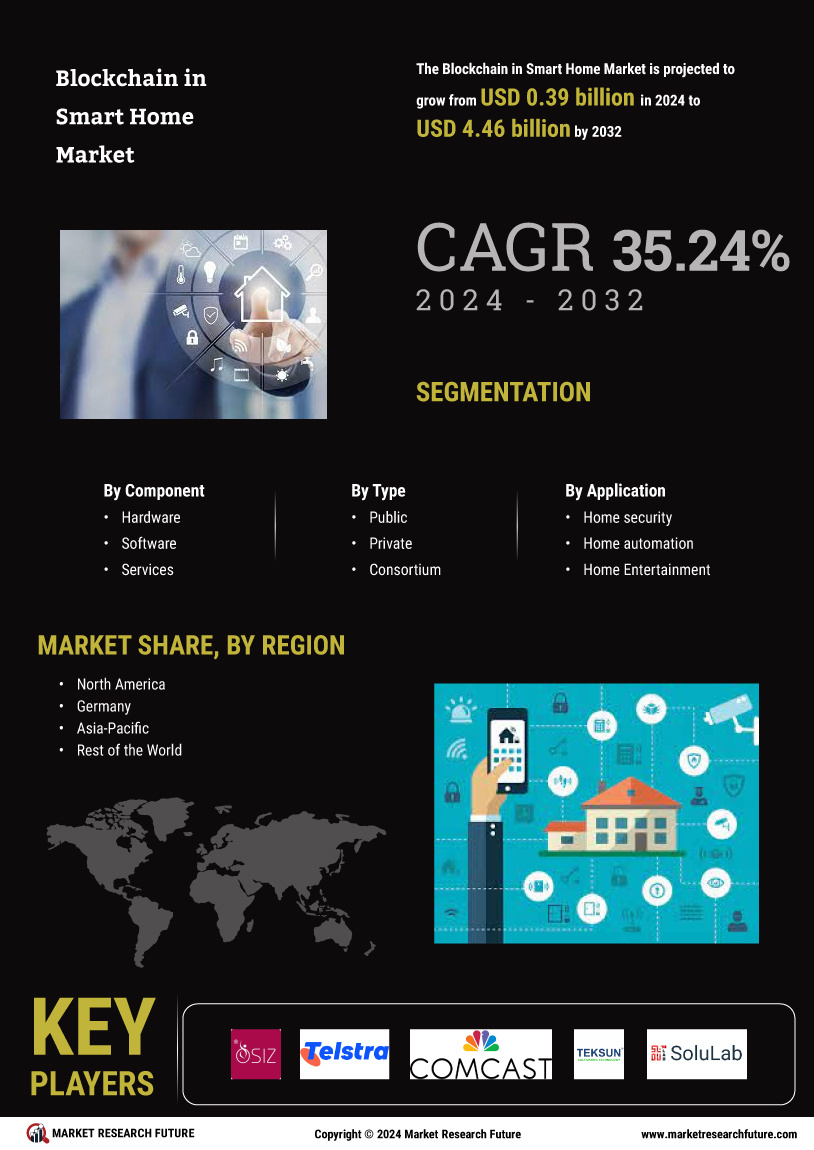

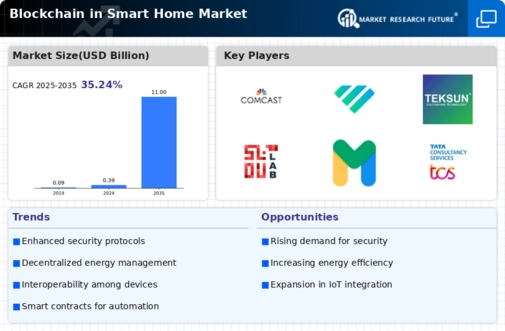
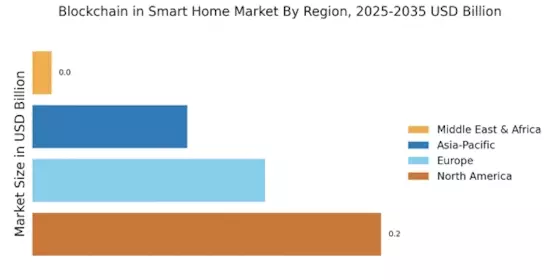


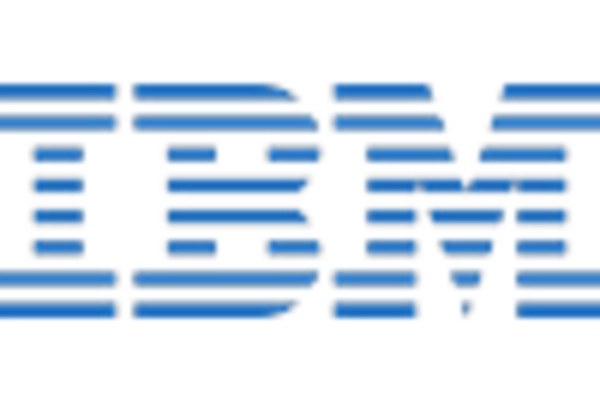
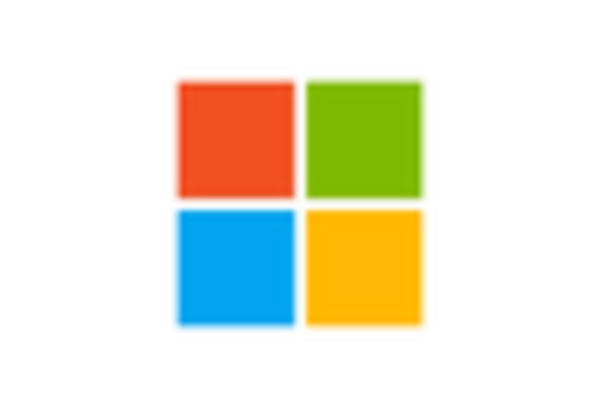
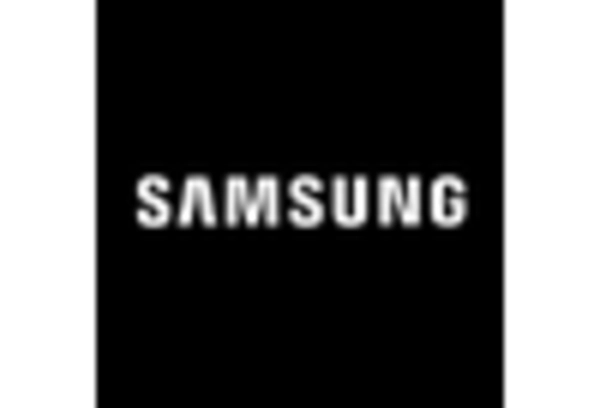









Leave a Comment